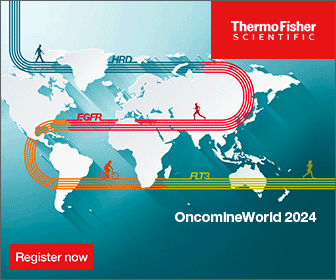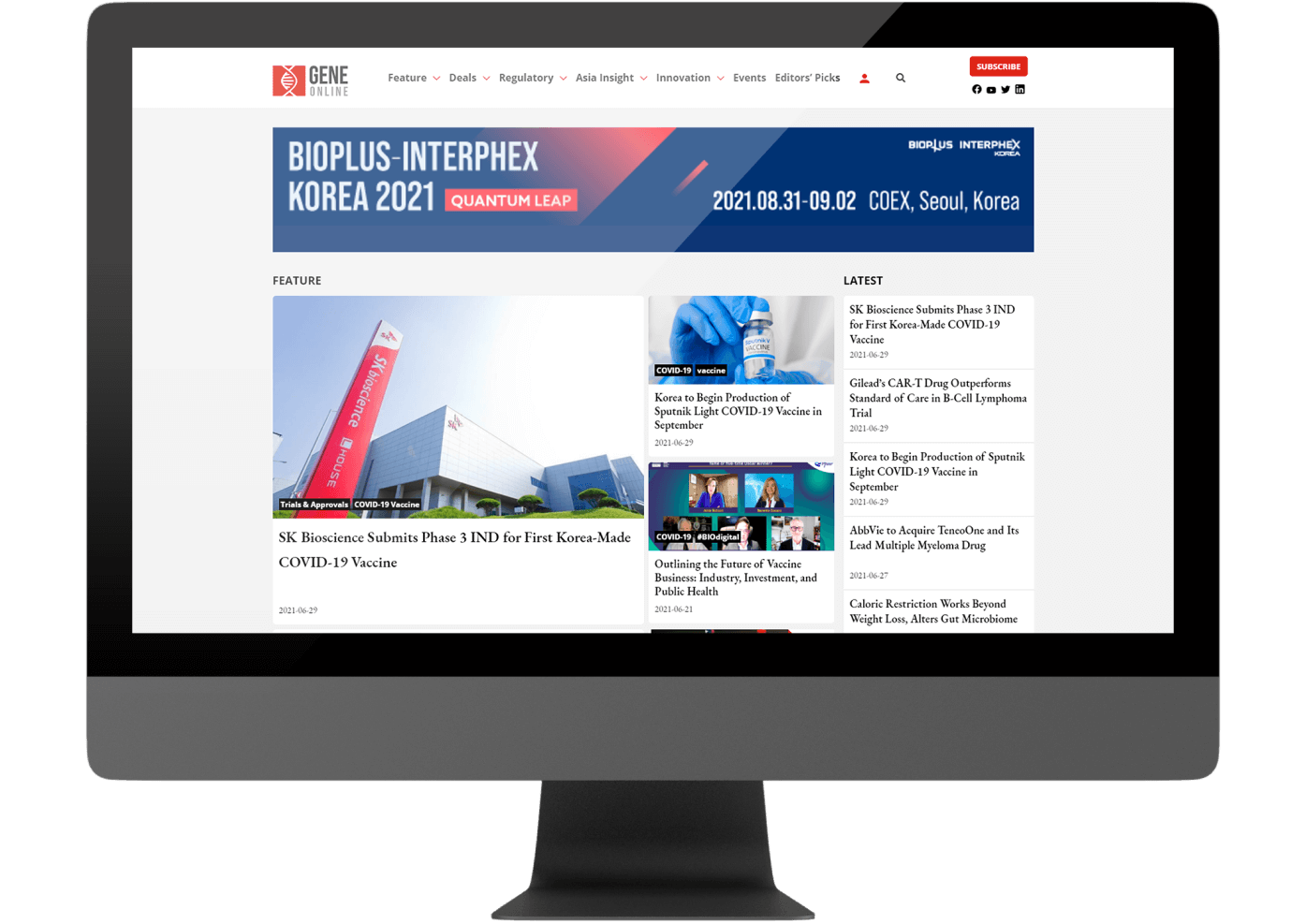FDA Greenlights Roche’s Epstein-Barr Virus Test to Augment Transplant Patient Care
The company announced FDA authorization for its first Epstein-Barr virus quantitative test on the cobas 6800/8800 Systems to improve care for transplant patients
By Pavel Ryzhov, Ph.D.
Epstein-Barr virus (EBV) or human herpesvirus 4, is one of the most common human viruses found across the world [1]. It may cause infectious mononucleosis and currently doesn’t have a vaccine. It can spread through bodily fluids, and after infection (typically in childhood), it becomes latent (inactive) in the body. EBV infection is particularly dangerous for people with weakened immune systems such as organ transplant recipients who risk developing the potentially fatal posttransplant lymphoproliferative disease (PTLD).
People with the highest risk of developing PTLD are EBV-naïve patients that have received an EBV-positive transplant organ, with incidence rates depending on the type of transplanted organ, age, and serostatus of the recipient. To evaluate these risks, determining EBV-serostatus of both donor and recipient before transplantation is essential, and quantification of EBV viral load by polymerase chain reaction (PCR) may provide monitoring capabilities of PTLD, due to the correlation between the two. However, the current variety of commercial or in-house assays are yielding highly variable qualitative and quantitative data [3]. Therefore, accurate and standardized monitoring of the DNA levels is critical for proper patient management, and to date, no such test has been made available.
To address this unmet clinical need, Swiss pharmaceuticals and diagnostics manufacturer, Roche, in a recent press release announced that the US Food and Drug Administration authorized the first EBV DNA quantitative in vitro diagnostic test [2] after previously granting it an FDA Breakthrough Device designation. This test is performed with real-time PCR (on the cobas 6800/8800 Systems, high-throughput instruments manufactured by Roche. According to Thomas Schinecker, CEO of Roche Diagnostics, this test would allow us to monitor EBV DNA, thus preventing the “progression of life-threatening diseases, such as cancer in transplant patients”. He emphasized that this test “helps set a new standard of care for patients,” because of the monitoring tools that are now available to them. Besides, because of the features of the cobas® instruments, such as the longest walkaway times, and high-throughput, a greater number of tests can be performed in a short period of time.
As per the press-release, the cobas EBV viral load test has coverage with 18.8 IU/ml limit of detection and linear range of 35 IU/ml to 1E+08 IU/ml in EDTA plasma. It also has a dual-target technology, lending greater accuracy and preventing the risk of sequence variations present in EBV. The test provides an alternative to Assay Specific Reagents combinations and lab-developed tests, which can decrease testing variability and complexity.
Since the EBV test is performed on the fully automated cobas® 6800 and cobas® 8800 Systems that are also widely available, it allows for standardization of results to be comparable across the laboratories in the US. Specifically, according to the press release, the test has been calibrated to the World Health Organization International Standard, previously established in 2011. This provides more harmonized data collection across healthcare institutions, and ultimately, a potent monitoring tool for immunocompromised patients with EBV infection.
With the FDA authorization of the cobas EBV test that leverages the precision, automation, and standardization capabilities across laboratories, the collected data can be easily compared across institutions, and patients can receive appropriate medical interventions promptly.
Related Article: Spotlight: Roche’s SMA Drug, Risdiplam Makes Strong Case for Regulatory Approval
References
©www.geneonline.com All rights reserved. Collaborate with us: service@geneonlineasia.com









